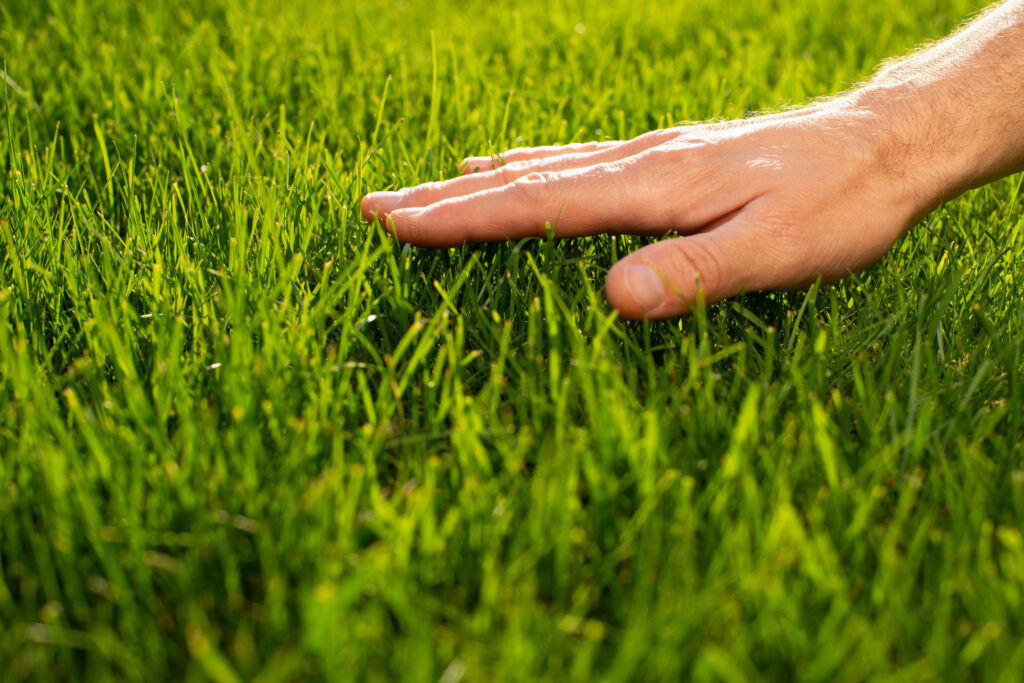Lawn disease and Insect Prevention for a Perfect Lawn
Did you know that a heavy infestation of insects on your lawn attracts moles, skunks, and raccoons that dig up your lawn in search of a tasty meal? Insect infestation also leaves yellow and brown patches resembling drought damage. Knowing how to prevent, identify and eliminate disease and insect infestation on your lawn is in your best interest.
We are devoted to ensuring a healthy, dense, vigorously-growing grass with good recuperative ability. Our experts do this by implementing an effective maintenance program that determines the problem and comes up with a solution that eliminates any insects or bugs that may have infested your lawn. We also carry out preventive measures that prevent insects and bugs from returning. If you are looking to have a great-looking lawn, this is the article for you.

Insect and disease prevention
Prevention is better than cure. You’ll be surprised to know how easy it is to maintain a perfect lawn. You may not even require pesticides. The first step is to correctly mow your lawn to prevent lawn disease. Each type of lawn has its own mowing height and frequency. The recommended height is 33% of the leaf blade size. Reducing more than the recommended height stresses the grass by depriving it of its stored food supply. On the other hand, allowing it to grow more than 33% of the leaf blade causes the grass to start rotting as the right amount of light does not penetrate.
The second step towards maintaining a perfect lawn is proper watering. Proper watering refers to the right amount of water, frequency, and timing. Watering twice a week is sufficient. The amount of water depends on soil drainage and atmospheric temperature.
Fun Fact: Did you know that the best time to water your lawn is morning? Watering between 4 am and 6 am allows the sun to burn off the excess water on the leaf blades, hence reducing its susceptibility to lawn diseases. However, watering at night will leave your grass wet all night long. It’s like wearing a wet boot all day. You’re sure to get an infection.
Finally, properly fertilize your lawn. Surprisingly, fertilizer is a double-edged sword when it comes to lawn management. Use too little, and you deprive your grass of essential nutrients, leaving it susceptible to disease. Use too much, and the nitrogen and salt levels in the soil increase rapidly, thus damaging your grass.
Identifying the problem
The best treatment for your lawn disease depends on the problem. It is critical to make the correct diagnosis. Otherwise, you may end up causing more harm than good. Here is a list of common pests and the effects they have on your lawn.
- Grasshoppers: Outbreaks of grasshoppers occur after several years of hot, dry summers and warm autumns when they have more time to feed and lay eggs. Grasshoppers feed on grass and shrubs, causing serious damage to your lawn or wiping it out entirely.
- Armyworms: They chew grass, creating bare spots on your lawn. When feeding on larger plants, these pests leave matching holes on leaves. Eventually, they undergo metamorphosis and become moths.
- Bagworms: These pests feast on the leaves of plants. They draw the water inside the grass on your lawn and strip it of its nutrients. One sign that your lawn is infested by bagworms is the browning of the foliage.
- Chiggers: What should raise concern is not what chiggers do to your lawn but what they do to you. Chiggers develop to become mites, seeking mammals to grab onto for a meal. Their bites are not only irritating but also cause raised skin bumps and pain. Severe allergic reactions can lead to trouble breathing, dizziness, and tightness in the chest or throat. Eliminating these pests from your lawn in case of an infestation should be your priority
Eliminating the problem
Inspect your lawn every once or twice a week. Once you identify a problem, ensure you eliminate it to prevent any spreading. Figuring out how to eliminate the problem on your lawn requires extensive knowledge and experience. You do not want to misdiagnose the problem and worsen the situation. That’s why our technicians are here for you. With extensive experience in identifying and eliminating all types of lawn pests, we are sure to get the job done for you. Contact us at Abracadabra and get your lawn problems solved today.
